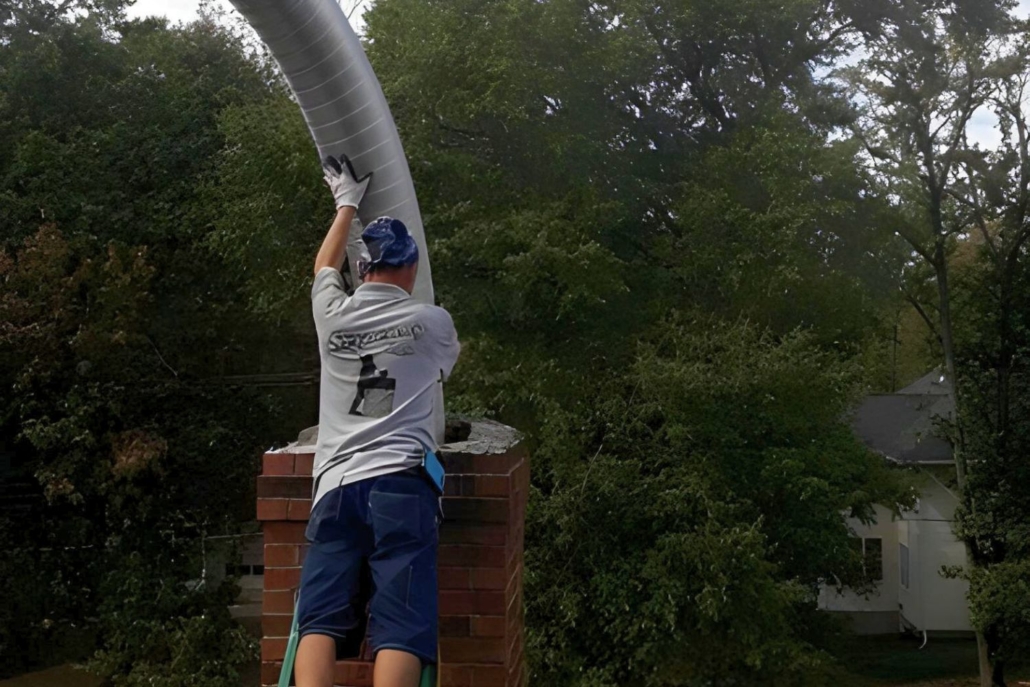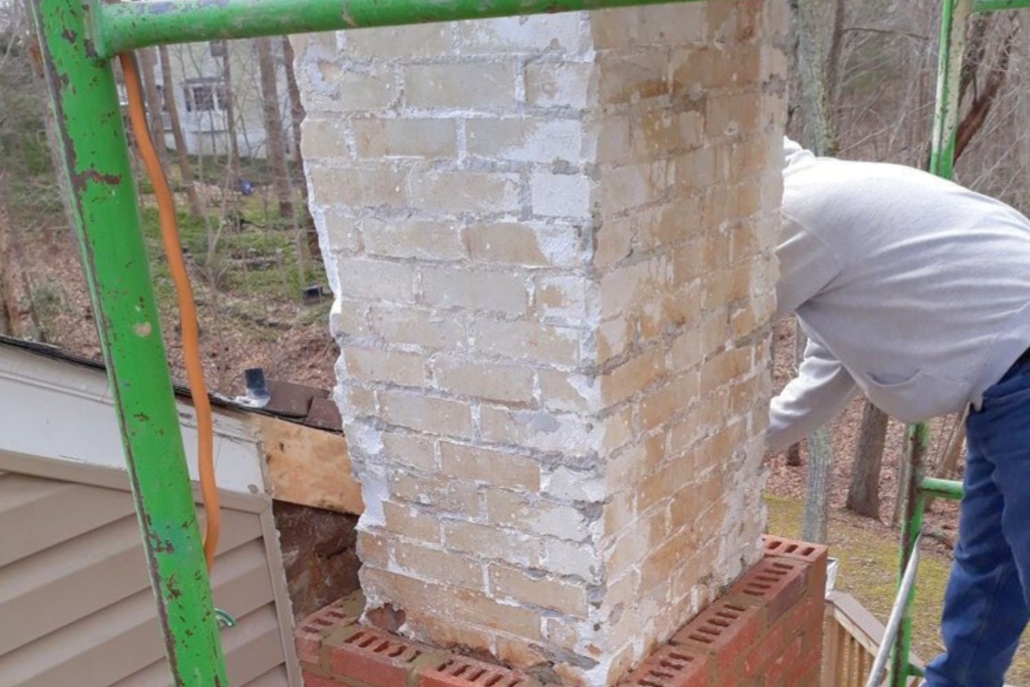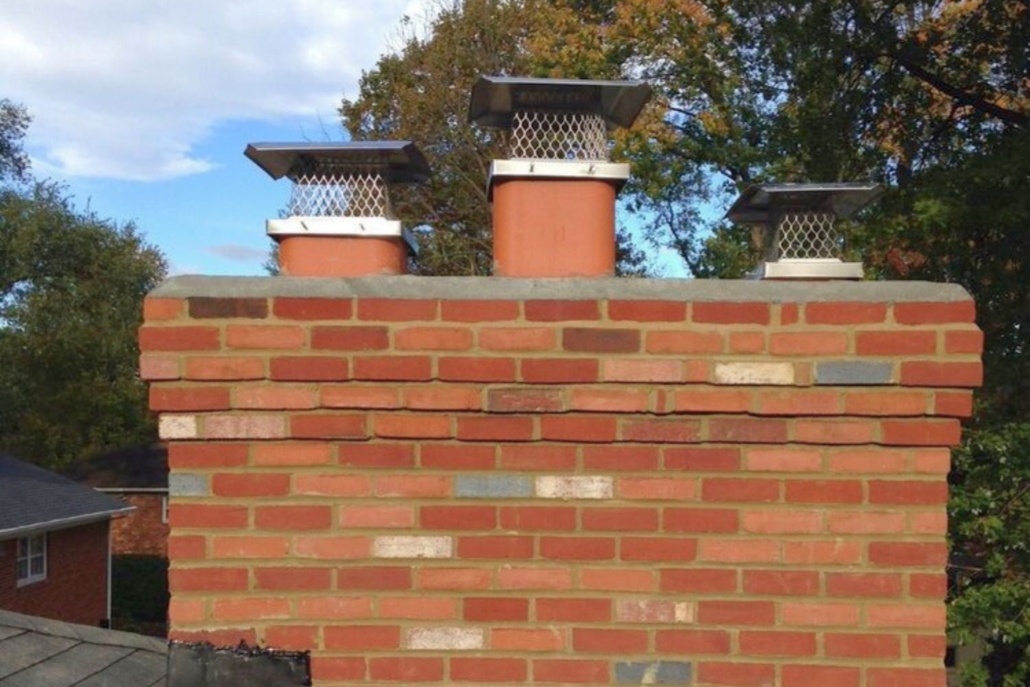A chimney liner is a protective barrier that lines the interior of a chimney flue. It serves as a critical component in venting smoke, gases, and heat safely from your fireplace or heating appliance to the outdoors. Without a proper liner, your chimney’s masonry can deteriorate due to high temperatures and corrosive byproducts, leading to structural damage and potential fire hazards.
There are three main types of chimney liners: clay tile, metal (typically stainless steel), and cast-in-place liners. Clay tile liners were once the most common but are prone to cracking under extreme heat or shifting foundations. Cast-in-place liners involve a cement-like material poured inside the chimney to create a seamless protective layer. However, stainless steel liners have become the most preferred choice due to their strength, resistance to corrosion, and ease of installation.
A well-functioning chimney liner also improves draft efficiency by creating a smooth passage for smoke and gases to exit the chimney. Without a proper liner, toxic fumes such as carbon monoxide could seep into your home, posing serious health risks. In short, a chimney liner plays a crucial role in protecting both your home and the people inside it, making professional installation a necessity.



